Signs Your Pet Needs a Vet Visit: How to Identify Health Issues Early
Related Articles

How to Help Pets with Cancer Live Comfortably — Tips and Care for Your Furry Friend
Dec 02, 2025

How to Train Dogs to Behave Calmly in the House
Nov 30, 2025
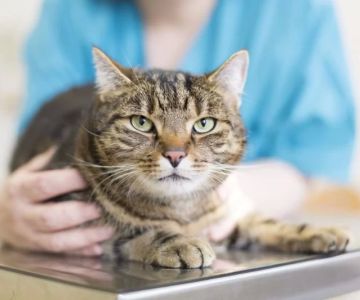
How to Recognize and Treat Pet Feline Panleukopenia Effectively
Nov 30, 2025

How to Detect Kidney Disease Early in Cats: Key Symptoms and Diagnostic Tips
Nov 30, 2025
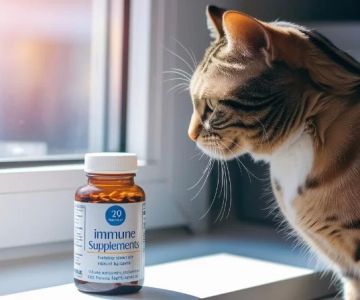
How to Recognize and Treat Pet Feline Immune Dysfunctions: A Comprehensive Guide
Nov 30, 2025
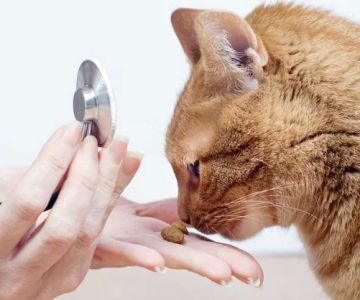
How to Make Vet Visits Less Stressful for Cats: Practical Tips That Truly Help
Nov 30, 2025
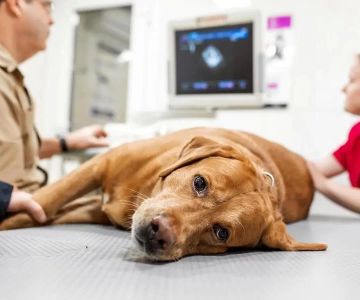
How to Recognize and Treat Pet Hypoxia or Shock: A Complete Guide
Nov 29, 2025
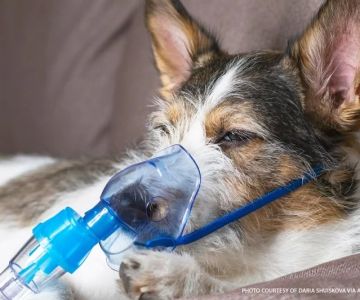
How to Help Pets with Respiratory Disease Manage Life
Nov 29, 2025

How to Recognize and Treat Pet Feline Chronic Pancreatitis Effectively
Nov 26, 2025
Subscribe to Our Newsletter
Get weekly pet care tips, vet-approved advice, and updates on nearby pet stores and clinics.
